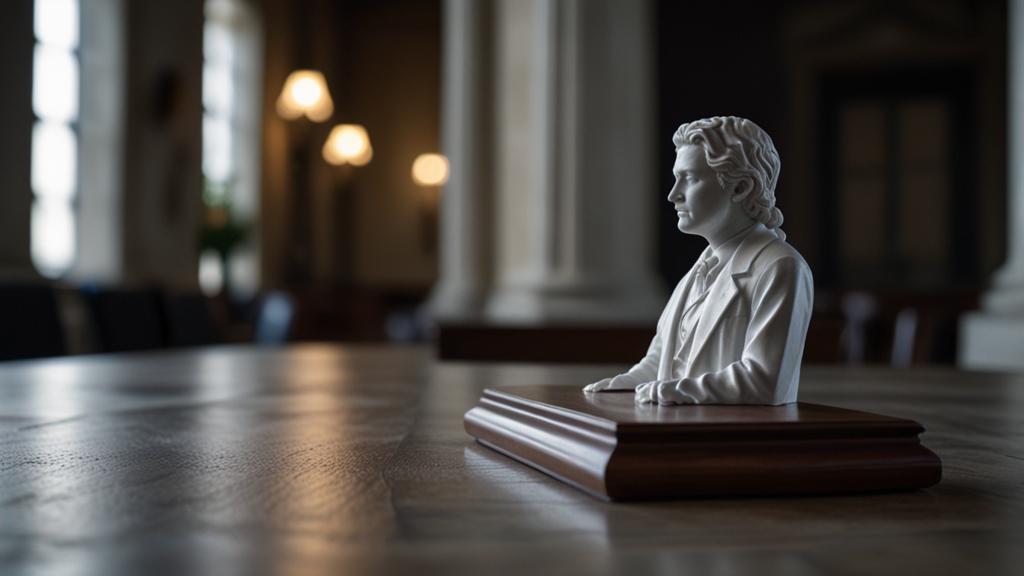The Unbelievable Truth About Rome's Ancient Roads
When we think of ancient Rome, images of grandiose architecture, monumental structures, and legendary gladiatorial combats often come to mind. Yet, one of the most incredible and enduring legacies of the Roman Empire is its vast network of roads. Spanning tens of thousands of miles, these thoroughfares were marvels of engineering that played a crucial role in the empire's expansion and administration. Let's delve into the unbelievable truth about Rome's ancient roads and why they are considered masterpieces of human ingenuity.
The Backbone of an Empire
At the height of its power, Rome controlled nearly the entire Mediterranean basin, along with significant territories in Europe, Asia, and Africa. The secret to managing such an expansive realm lay in its infrastructure, particularly its roads. These roads allowed for the swift movement of armies, traders, and information, effectively shrinking the distances within the empire.
The phrase "All roads lead to Rome" was not merely a figurative expression. The Romans built a radial network of roads emanating from the capital. The Appian Way, one of the earliest and most important Roman roads, stretched from Rome to the southeastern regions of Italy. By the end of the Roman Republic, the empire boasted over 50,000 miles of hard-surfaced roads connecting various provinces.
Engineering Excellence
Roman roads were feats of engineering that often surpassed modern expectations of durability and construction quality. The standard Roman road was constructed using several carefully arranged layers. The lowest layer, known as the statumen, was a bed of large stones intended to provide a stable foundation. Above that, layers of smaller stones and gravel, known as the rudus and the nucleus, were laid. Finally, the topmost layer, or summum dorsum, consisted of tightly fitted paving stones that provided a smooth and durable surface.
“Agrippa, an eminent Roman statesman and general, once claimed that the subtlety and innovation involved in building Rome’s roads rivaled that of their grandest temples and public buildings.”
Beyond the Physical Path
Roman roads were not just practical thoroughfares but also symbolized the empire's power and cohesion. Milestones were placed along the roads to mark distances, and these markers often bore inscriptions recounting the deeds of emperors, reminding travelers of Rome's omnipresence. Moreover, the roads facilitated the spread of Roman culture, laws, and technology throughout the conquered regions.
Maintenance and Decline
Maintaining such an extensive network required significant resources and organizational skill. The roads were periodically repaired and could last hundreds of years with proper upkeep. The Roman administration employed specialized workers to oversee road maintenance, ensuring they remained in good condition.
“The Roman author Pliny the Elder once remarked that Roman roads were built to endure ‘the wear and tear of eternity,’ a claim substantiated by the fact that many sections of these roads are still visible today.”
However, as the empire began to crumble, so did its roads. The neglect of infrastructure was a sign of the empire's deteriorating administrative efficiency. While many roads continued to be used during the medieval period, their original splendor and comprehensive upkeep dwindled over time.
Legacy and Modern Influence
The techniques used in constructing Roman roads influenced subsequent generations of engineers and have left a lasting imprint on modern infrastructure. Some modern roads still follow the paths laid out by Roman engineers, demonstrating the timelessness of their design.
In conclusion, the ancient roads of Rome were much more than simple pathways; they were arteries that pumped life into an expansive empire, marvels of engineering excellence, and lasting symbols of Roman ingenuity. To fully appreciate the grandeur of the Roman Empire, one must consider these roads, the lifelines that sustained it. They are a testament to what human resourcefulness can achieve, reminding us that the journey through history is often paved by the roads we build.








